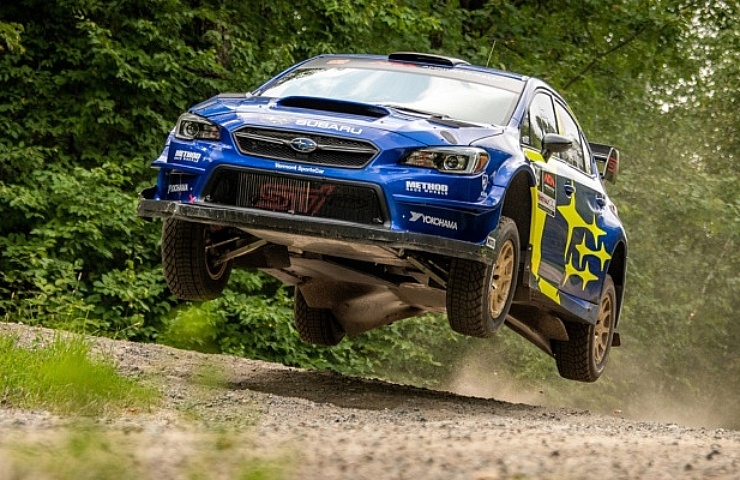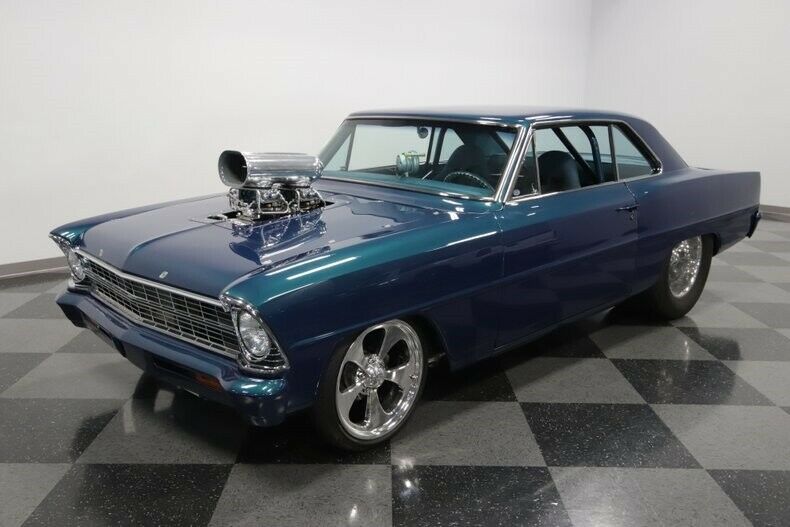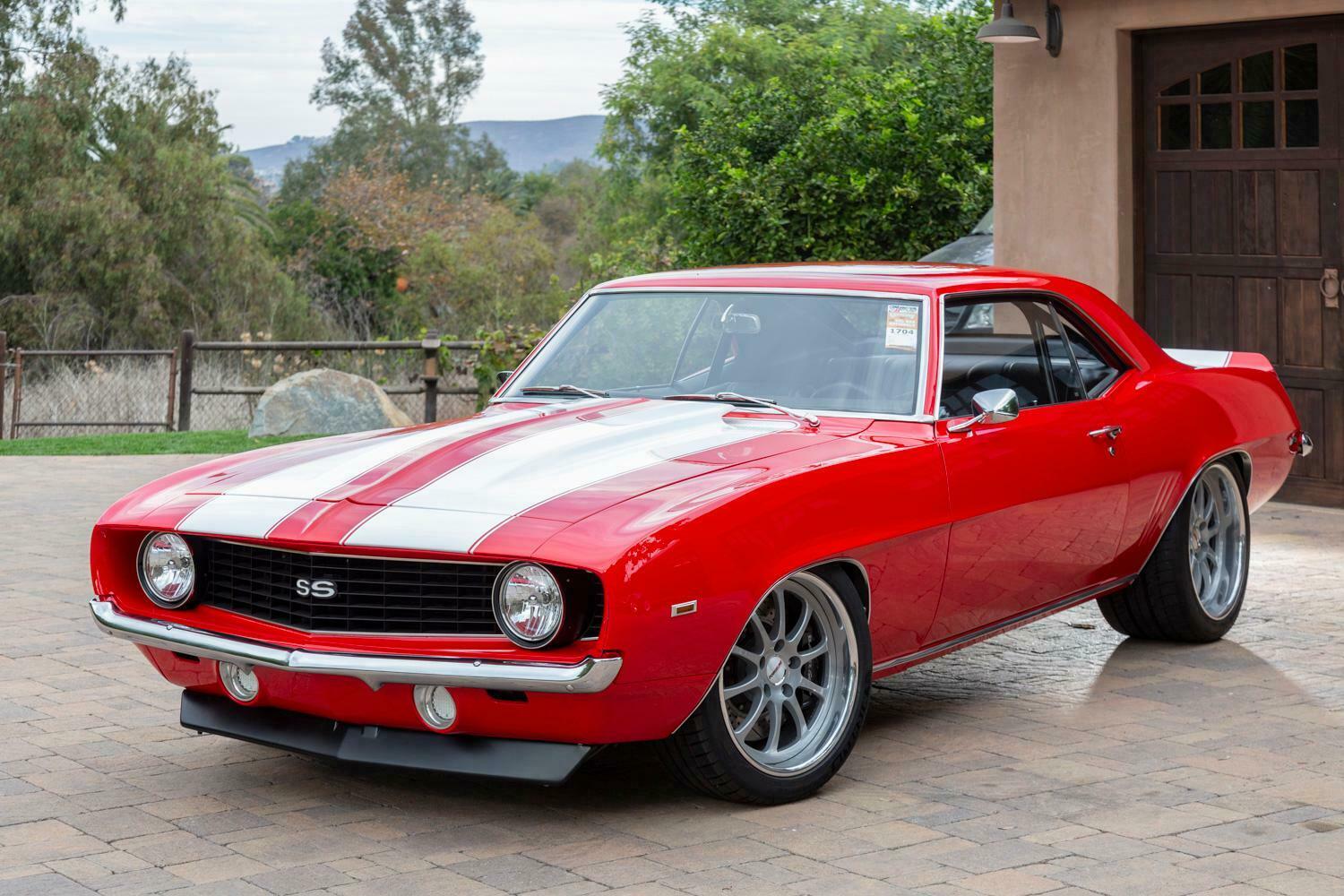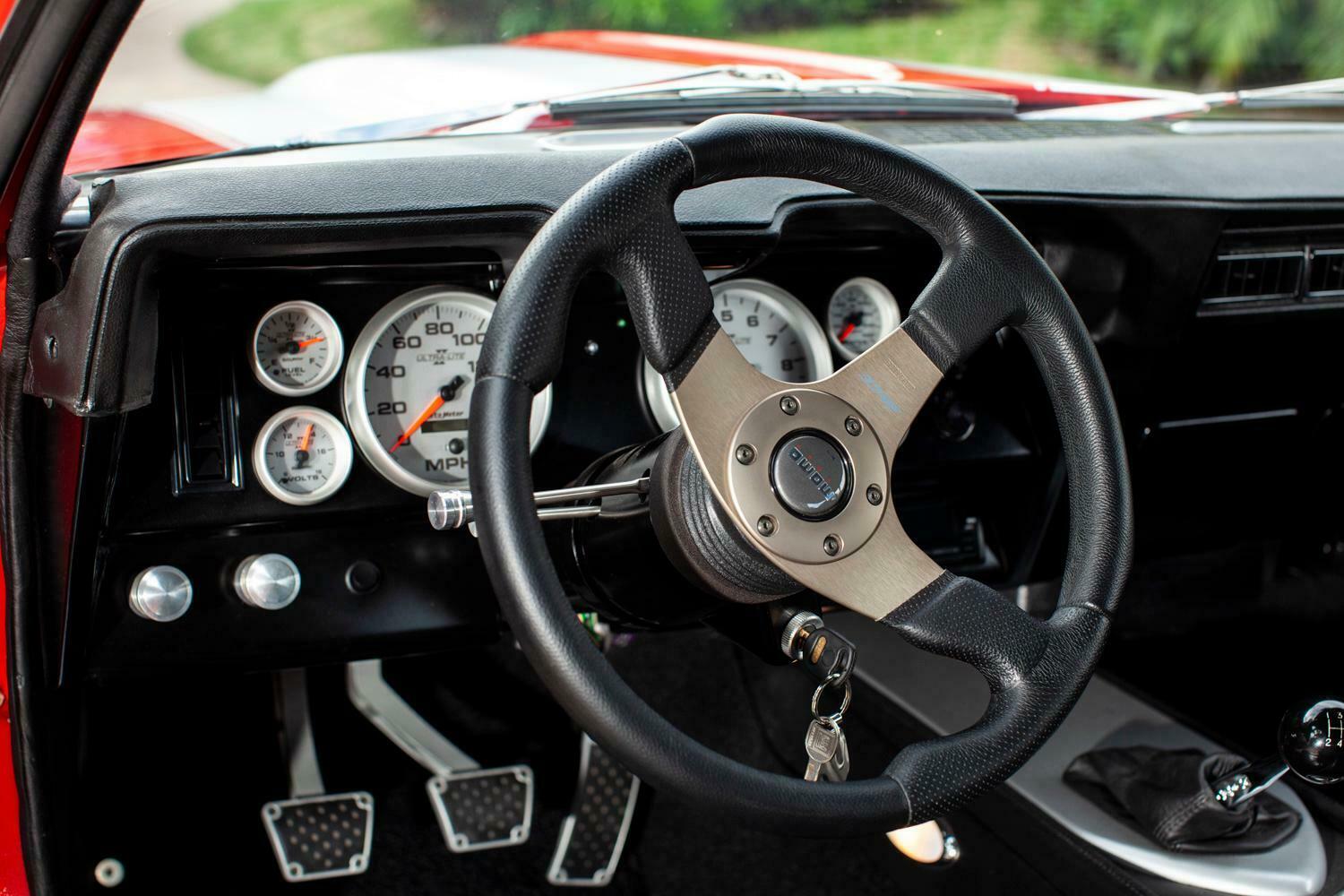Contents
When it comes to go-fast street cred, there’s more than one way to look the part.
If you’re doing it right, form follows function. Let’s take a gander at the three leading race styles.
Pro Street
Pro Street cars take their inspiration from the Pro Stock class of the National Hot Rod Association. It’s all about straight-line speed.
Pro Streets aim to be the fastest street-legal thing on four wheels in the quarter-mile. Getting all that power to the pavement requires massive rear tires and a chassis dialed in for weight transfer.
That’s why a proper Pro Street car utilizes wheel tubs and a narrowed rear end. That makes it possible to fit all the rubber inside the wheel wells.
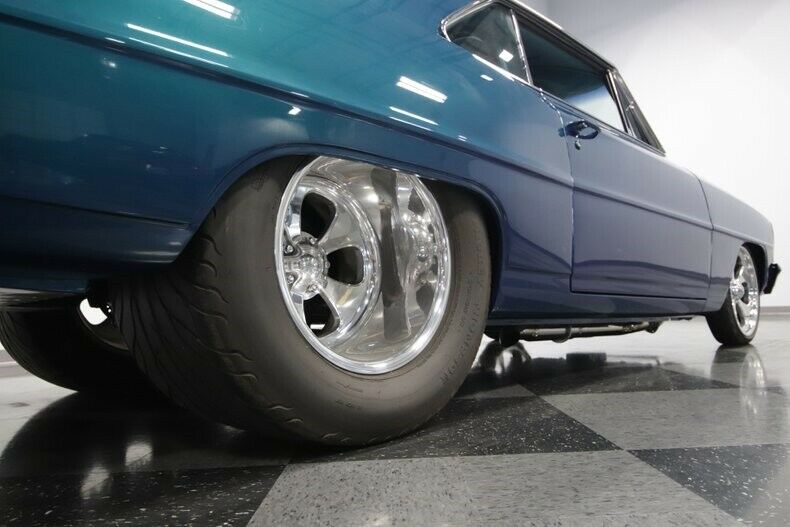
Wheel tubs allow for massive rear tires.
Wheelie bars are optional but recommended for the baddest of the bunch. The cars keep a full stock interior, unless the wheel tubs encroach on the rear seat space.
Pro Street Models
While Pro Street cars are largely derived from traditional American muscle, the sky’s the limit for choice of model. When you browse the Pro Street listings on eBay Motors, you’ll see plenty of Camaros, Chevelles, and Novas. But you’ll also see a slew of less common offerings from street rods through pickup trucks.
The style is all about the horsepower and the hookup. V-8 engines are the most common power plant, with superchargers bulging from the hoods of the gnarliest Pro Streeters.
The style first became popular in the 1980s, when Lee Shepherd and Bob Glidden ruled NHRA Pro Stock. Shepherd landed the title four straight years between 1981 and 1984 in a Chevrolet Camaro. Glidden brought home trophy after trophy in a Ford Thunderbird for the remainder of the decade.
Do you crave that Pro Street hookup? Then start shopping for wheel tubs and wheelie bars.
Pro Touring
Pro Touring cars share some attributes with Pro Streetcars. But there’s one big difference.
- Pro Street cars are primarily designed for the launch and straight-line speed. They’re built for the drag strip.
- Pro Touring cars, by comparison, are endurance road racers engineered to carve corners and soak up the miles on long road trips.
Both categories mainly consist of modified classic muscle cars, many with full interiors and all with an abundance of horsepower.
Typical Pro Touring upgrades include four-wheel disc brakes and a modern drivetrain. The interiors beckon with the latest technology, instrumentation, and seating options.
Building a Pro Touring car can be an exercise in budget restraint. It’s relatively easy to swap in a modern factory crate engine and transmission. Significant alterations to the suspension, on the other hand, take more work.
Pro Touring Models
It’s not as simple as swapping in a set of coilovers. Stone stock 1960s and 1970s Mustang and Camaro suspension systems are archaic when compared to today’s cars.
If you’re building a serious Pro Touring pony car, you’ll want to look into the Roadster Shop’s SPEC Series chassis kit.
Ready for your ride to take on Pro Touring looks? Then start checking out Autometer Gauges.
Stage Rally
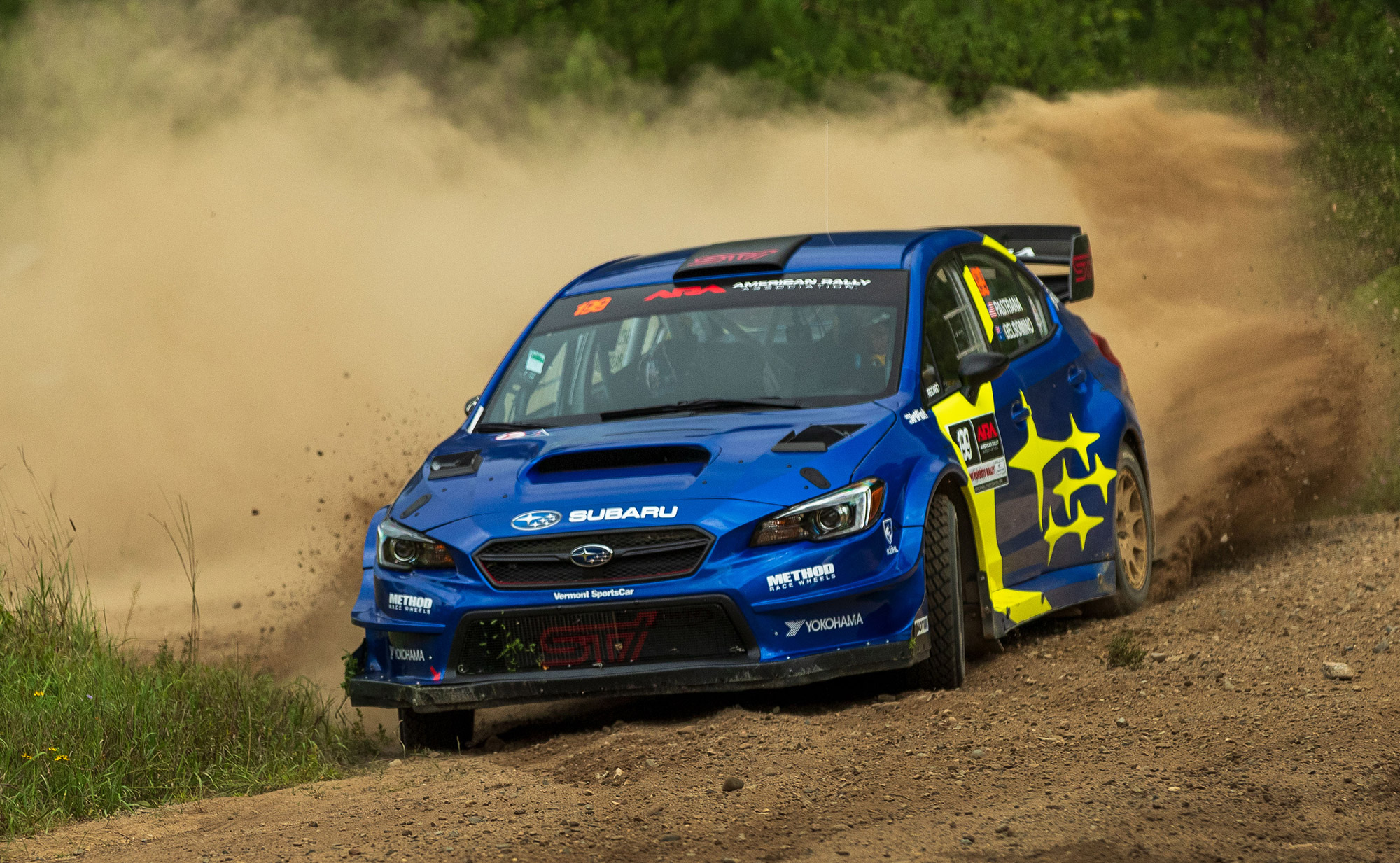
Travis Pastrana slides the #199 Subaru WRX STI through the land-bridge on the Ojibwe Rally’s Height O’ Land stage.
If your idea of fun is blasting through the woods on four wheels at the edge of control, stage rally is for you.
Events take place on a combination of dirt, gravel, and tarmac roads. Rally drivers compete exclusively against the clock. They hurtle down each section (stage) of the rally, point-to-point, at breakneck speeds on closed public and private roads.
Consider it both a commute and a commune with nature. It’s just you and your co-driver, hurtling through the woods, fording streams, getting sideways, and flying over jumps.
“Real cars, real roads, real fast,” as the saying goes.
While rally car interiors are caged (and maybe gutted), they need to be street-legal. That’s because they are driven on public roads from stage to stage.
Stage Rally Models
There are competition categories for all-wheel-drive (AWD) and two-wheel-drive (2WD). The most competitive 2WD vehicles are usually front-wheel-drive. While it doesn’t cost a wheelbarrow full of dough to get into stage rally with a simple 2WD car, the highest levels of AWD competition require considerable resources.
The Subaru Impreza WRX and Mitsubishi Lancer Evolution were arch-rivals for many years in Rally America’s AWD divisions. And the Subaru WRX continues to be the most popular AWD entry at American Rally Association (ARA) national events.
That said, Barry McKenna’s WRC-spec Ford Fiesta RS2000 was dominant in 2020. Ford Fiestas are extremely popular in the ARA’s 2WD division.
Are you inspired to try your hand at Stage Rally? Start looking for a light Bar and Rally Armor mud flaps.

